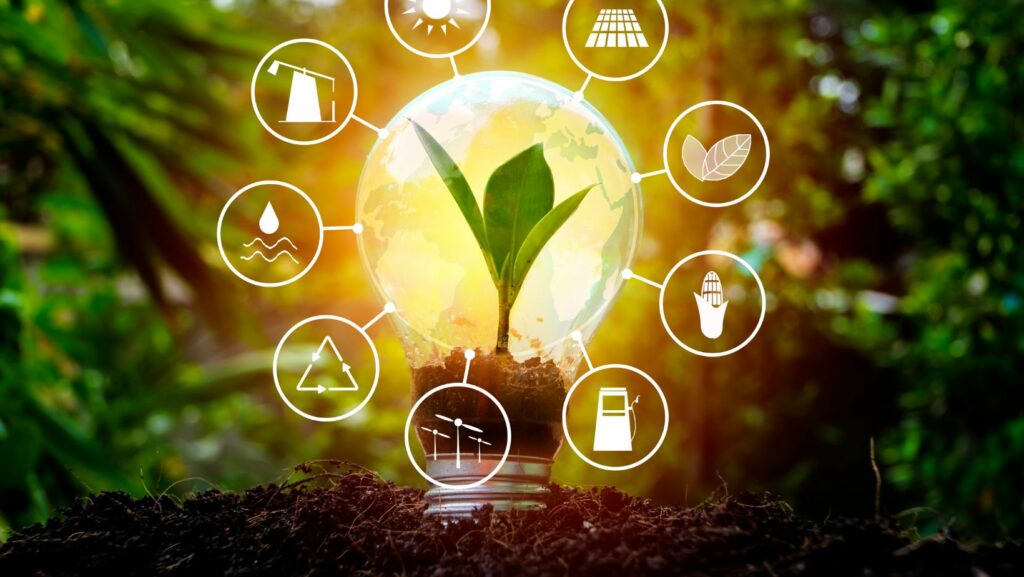Virginia is rapidly emerging as a leader in renewable energy, showcasing a commitment to sustainability and innovation. With a diverse mix of solar, wind, and hydroelectric power sources, the state is transforming its energy landscape while reducing dependence on fossil fuels. This shift not only supports environmental goals but also stimulates economic growth and job creation.
As the demand for clean energy rises, Virginia’s initiatives aim to harness its natural resources effectively. From ambitious state policies to community-driven projects, the push for renewable energy is reshaping how residents and businesses approach energy consumption. Exploring Virginia’s renewable energy journey reveals a promising future that balances ecological responsibility with economic opportunity.
Virginia Renewable Energy
Solar Energy
-
Installed Capacity: Virginia has over 3,550 megawatts (MW) of installed solar capacity, making it one of the fastest-growing solar markets in the United States.
-
Community Solar Programs: Numerous community solar projects enable residential participation, expanding access to renewable energy while allowing customers to save on energy costs.
Wind Energy
-
 Offshore Wind Development: Virginia aims to develop 2,000 MW of offshore wind energy by 2026, positioning itself among the leaders in the offshore wind sector.
Offshore Wind Development: Virginia aims to develop 2,000 MW of offshore wind energy by 2026, positioning itself among the leaders in the offshore wind sector. -
Land-Based Wind Projects: The state has invested in several land-based wind projects, contributing to its renewable energy goals and diversifying energy sources.
Hydroelectric Power
-
Existing Facilities: Virginia operates more than 40 hydroelectric plants, generating over 2,600 MW of clean energy annually.
-
Environmental Benefits: Hydroelectric facilities provide reliable energy while maintaining water quality and supporting local ecosystems.
Policy and Incentives
-
 Clean Energy Standard: Virginia enacted a Clean Energy Standard aiming for 100% carbon-free electricity by 2045, reinforcing its commitment to renewable energy.
Clean Energy Standard: Virginia enacted a Clean Energy Standard aiming for 100% carbon-free electricity by 2045, reinforcing its commitment to renewable energy. -
Incentive Programs: The state offers various incentives for renewable energy development, including tax credits and grants that stimulate investment and growth in the sector.
-
Job Creation: The renewable energy sector in Virginia supports thousands of jobs, from installation to maintenance, fostering economic development in local communities.
-
Investment Opportunities: With significant investments in renewable energy projects, Virginia attracts both national and international companies seeking to participate in the growing energy market.
Virginia’s proactive initiatives and diverse energy sources position it as a leader in the renewable energy sector, reflecting a broader commitment to sustainable practices and a greener economy.
Benefits Of Renewable Energy In Virginia
 Renewable energy offers numerous benefits to Virginia, enhancing environmental sustainability and driving economic growth.
Renewable energy offers numerous benefits to Virginia, enhancing environmental sustainability and driving economic growth.
-
Environmental Impact: Renewable energy sources significantly reduce greenhouse gas emissions. Switching to renewables helps improve air quality and mitigate climate change effects.
-
Job Creation: The renewable energy sector creates thousands of jobs. Virginia’s growth in solar and wind industries stimulates local economies and provides employment opportunities in various fields, from installation to research and development.
-
Energy Independence: Investing in renewable energy lessens Virginia’s dependence on fossil fuels. This shift promotes energy security and fosters resilience against market fluctuations and supply disruptions.
-
Cost Savings: Renewable energy projects lead to lower energy costs over time. As technology improves and more installations occur, the price of clean energy becomes more competitive with traditional energy sources.
-
Energy Accessibility: Community solar programs enhance energy accessibility for all Virginians, including those without rooftops suitable for solar panels. This inclusivity promotes equitable participation in the transition to renewable energy.
-
Sustainable Practices: The growth of biomass energy from agricultural and forestry waste supports a circular economy. This practice encourages waste reduction while producing sustainable energy.
Challenges And Barriers
 Despite advancements, Virginia faces challenges and barriers in its renewable energy landscape.
Despite advancements, Virginia faces challenges and barriers in its renewable energy landscape.
-
Regulatory Hurdles: Regulatory frameworks can slow down project approvals. Complex permitting processes often lead to delays, complicating timelines for solar and wind developments.
-
Infrastructure Limitations: Existing energy infrastructure may not support increased renewable capacity. Upgrades to transmission lines and substations are necessary for efficient energy distribution.
-
Funding Constraints: Limited access to capital hampers project initiation. Small and medium-sized developers often struggle to secure financial support compared to larger entities.
-
Public Awareness: Insufficient public awareness about renewable energy benefits reduces community engagement. Education initiatives are essential for informing and motivating residents.
-
Intermittency Issues: Variability in solar and wind generation presents reliability challenges. Energy storage solutions and grid management strategies are vital for maintaining stability.



